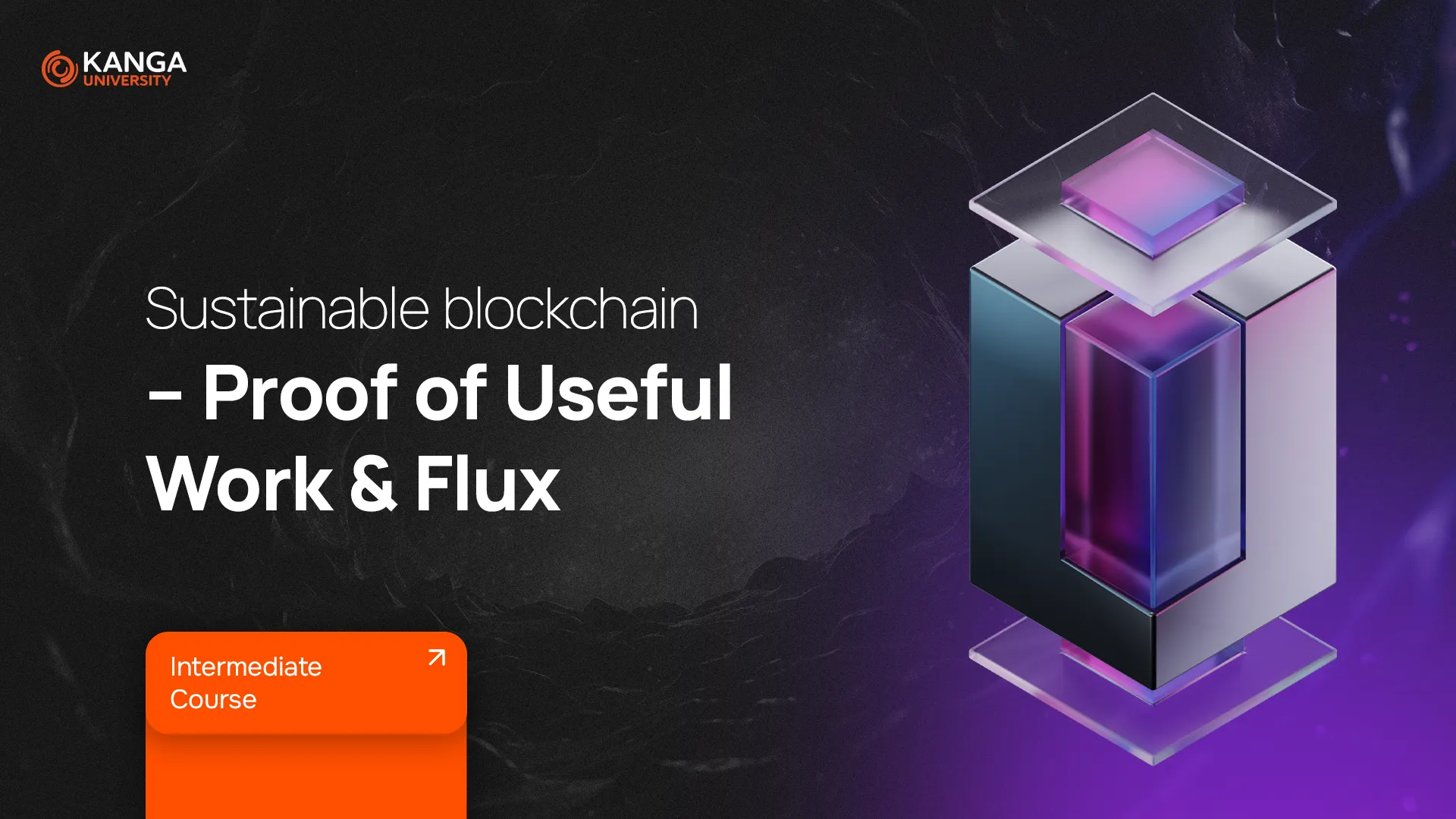
When you hear about crypto mining, you probably imagine thousands of computers consuming massive amounts of electricity just to generate more digital coins. And honestly… you’re not wrong. Traditional mining (the process of verifying transactions and securing the blockchain) does require a lot of energy, and the result is mainly more blocks in the chain. But what if that same computing power could do something truly useful? That’s where Proof of Useful Work (PoUW) comes in.
What Is Proof of Useful Work (PoUW)?
Proof of Useful Work (PoUW) is a new concept designed to solve one of blockchain’s biggest problems—energy waste. In the traditional Proof of Work (PoW) model used by Bitcoin, miners solve complex mathematical puzzles that don’t have any real-world applications beyond securing the network. PoUW aims to change that by redirecting computing power toward real-world problems that benefit not just blockchain, but society as a whole.
With PoUW, blockchain networks can:
- Support scientific research, such as climate data analysis,
- Combat deepfakes by detecting manipulated images and videos,
- Speed up graphics rendering for video games and films,
- Help train artificial intelligence by processing large datasets.
Flux – A Blockchain That Makes a Difference
One of the leading projects working on PoUW is Flux. It’s a decentralized computing platform that acts like a cloud infrastructure for blockchain applications. Think of it as a distributed network of servers, but instead of being controlled by a big corporation, it’s spread across the world and managed by its users.
Flux operates on its own blockchain but is also compatible with other networks, such as Ethereum, BNB Chain, and Solana. This makes it easier for decentralized applications (dApps) to use Flux’s infrastructure instead of relying on traditional cloud servers, improving security and resistance to censorship.
How Does It Work?
Flux’s ecosystem relies on two key elements:
- Computing Nodes – Users can contribute their computing power to the Flux network in exchange for rewards in FLUX tokens.
- Miners – While mining still exists, instead of performing useless calculations, Flux plans to redirect their computing power to real-world tasks through Proof of Useful Work.
What Is the FLUX Token Used For?
The FLUX token is the currency of the Flux ecosystem. It can be used to:
- Pay for services on the Flux network,
- Receive rewards for contributing computing power,
- Participate in decision-making through a decentralized governance system (DAO).
Why Does This Matter?
PoUW and Flux are examples of how blockchain can become more sustainable and practical. Instead of wasting energy on unnecessary computations, it can be redirected to areas where it’s truly needed. This is a step toward a more responsible and eco-friendly future for cryptocurrencies.